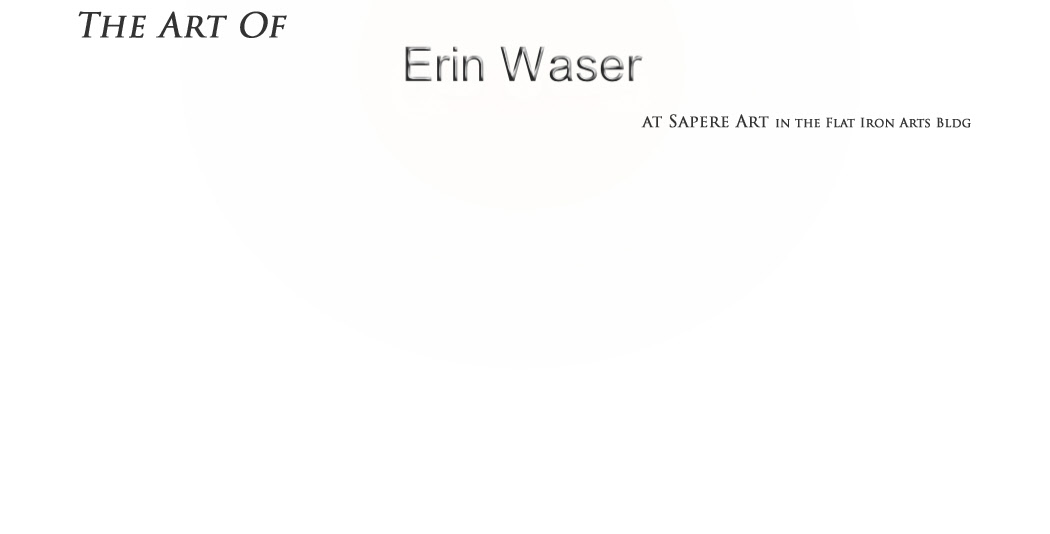

“Men formed their pictures of the world outside from the unchallenged pictures in their heads.”
-
In my art I seek a new interpretation of otherwise common objects through a series of scale and color transformations. I first look to find the essence of my subject, often through photography, by examining the makeup or detail within its construction. I am most inspired by nature, architecture, and mundane objects I encounter everyday and while traveling. Often times I start with a photograph I have taken, other times I recall a surface or moment in time. I then reinterpret the subject through painting, drawing or design to create a new definition. The mediums I use combined with the influence of nature's power, its color and carelessness, inspire and empower my ability to see beyond the first impression and to find a richer meaning. In turn, I hope viewers may pause to seek their own unexpected interpretations of my pieces.
I am especially interested in the tactility, luminosity and subtleties of oil paintings as they relate to colors and surfaces found in nature. I am most influenced by artists whose work reflect the use of a very deliberate technique, such as Gerhard Richter’s interpretations of images and attention to surface, Rothko’s stained canvases, and Mary Judge’s use of pattern with limited palettes exploring multiple surfaces. My paintings rely on careful attention to contrasts, predominately through the use of color and texture, to create a dynamic balance between foreground and background. I hope to draw my viewer into my surfaces, and hold their attention as they reflect on the subtleties, unexpected details, and see beyond the whole.
current work: “pixelization series”
-
In today's world of high-